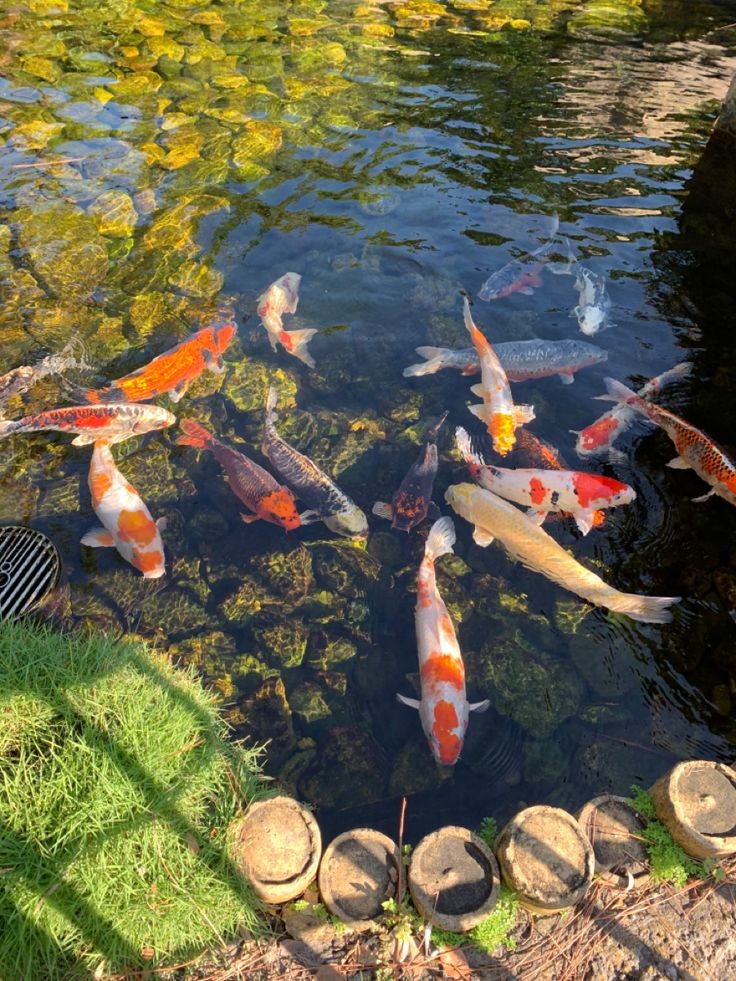
Asagi has a very beautiful combination of blue and red. The initial discovery of Asagi came from the parent black kerper fish, known as Magoi, around 200 years ago in Japan. The characteristics of Asagi can be seen, namely that on its back there is an arrangement of scales that resemble nets or meshes that are blue or bluish in color.
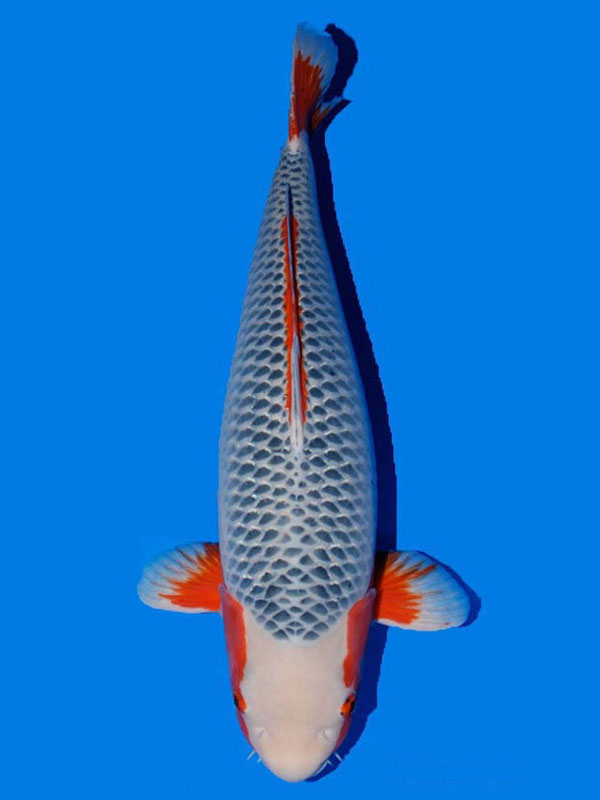
Asagi’s quality is determined by:
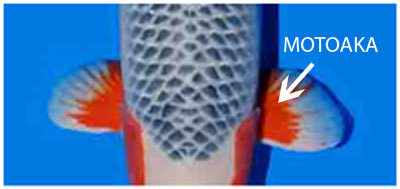
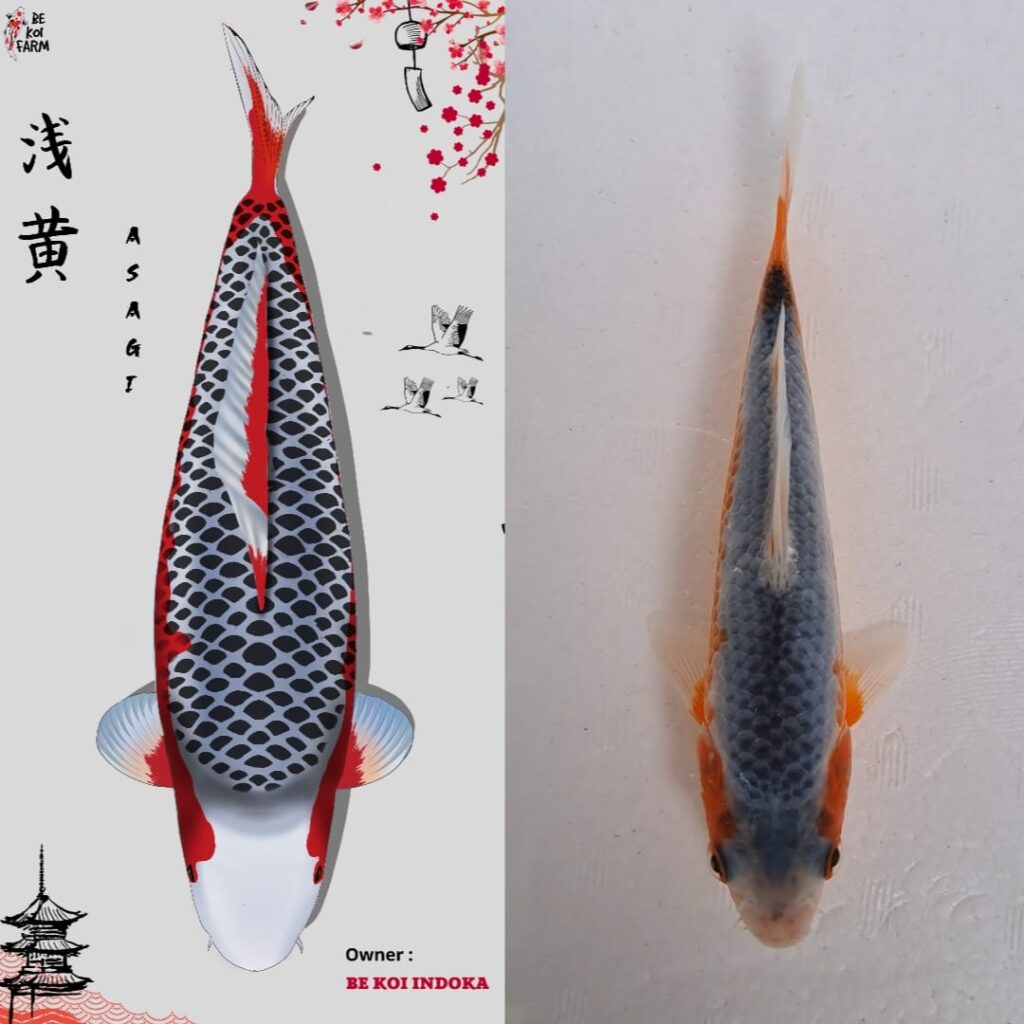
Tips for Choosing Asagi Tosai Koi
The beauty of Asagi will become more visible when it is 3 years old (Sansai) and of course the price is relatively high. However, if you want to keep Asagi from a young age, you can use the following tips as a guide so that when you grow up, you can get Asagi of good quality.
Asagi, who is less than a year old (Tosai), does not yet have a clear web pattern on his scales, or in other words, it is still vague.However, as it grows, the net pattern and blue color will gradually become clearer and more defined.
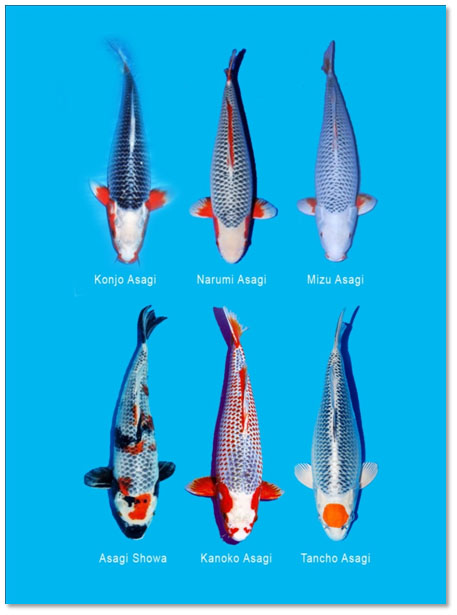
Types of Asagi koi
©2024 Be Koi Farm – Web by elshobah